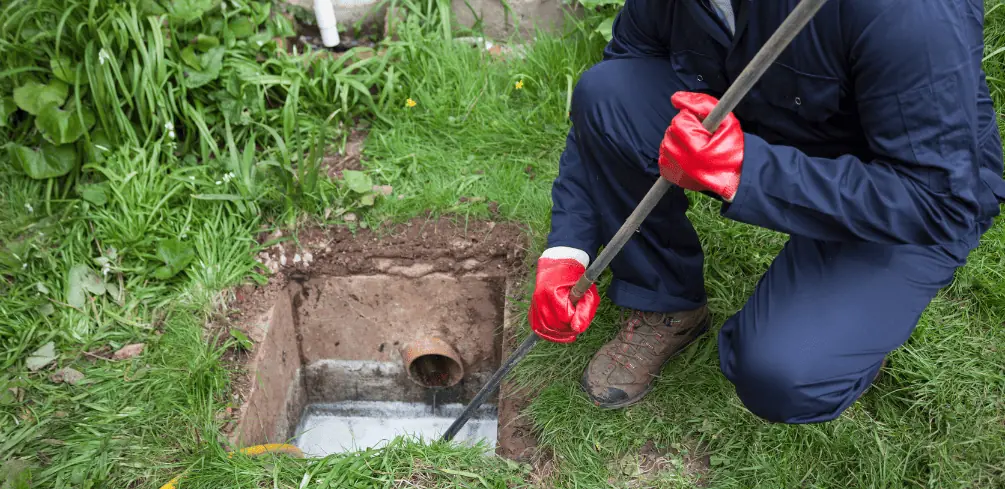You might think that cleaning your backyard drains is a tedious and unnecessary task. However, maintaining the health of your drains is an essential aspect of home ownership that can save you from a lot of future headaches. Ignoring a clogged drain can lead to flooding, severe property damage, and costly repairs.
Understanding how to properly clean your drains not only ensures smooth water flow but also extends the life of your drainage system.
In this article, we’ll guide you step-by-step on how to effectively clean your backyard drains.
We’ve got you covered with everything you need to know – from identifying signs of a clogged drain, listing required tools for drain cleaning, providing detailed instructions on how to clear out blockages yourself safely and efficiently, and offering tips on how to prevent future blockages.
With our help, you’ll be able to tackle this task like a pro while saving money down the line.
Understanding the Importance of Drain Maintenance

You might not realize it, but maintaining your backyard drains is incredibly vital. It’s not just about aesthetics but also about preventing serious water damage to your home. Ensuring your Drainage System Health is key to safeguarding the structural integrity of your house and yard.
When you neglect this task, you run the risk of flooding or erosion, which can lead to costly repairs. Water pooling around foundations can cause significant problems like cracks in walls and floors, weakening them over time.
Additionally, a poor drainage system can create a breeding ground for mosquitoes and other pests, which pose health risks.
The Maintenance Frequency of these drains depends on several factors, such as local rainfall patterns and the type of soil in your backyard. If you live in an area with heavy rainfall or have clay soil that tends to retain more water, regular checks are crucial – at least twice a year or after every major downpour would be ideal.
This involves clearing debris such as leaves, twigs, or grass clippings from the grates regularly to avoid blockages. Also, ensure drain pipes are free from obstruction by using tools like pipe snakes or high-pressure water jets if required.
Remember safety comes first during any maintenance activity; always wear protective gloves when handling debris potentially carrying harmful bacteria or insects.
And if the usage of tools like pressure jets is necessary, make sure you understand their operation thoroughly before use to prevent accidental injury.
Having said that, though, drain maintenance isn’t rocket science – it’s all about understanding its importance and being proactive rather than reactive! So get those gloves on and start tending to those drains today – save yourself future headaches while keeping your home safe and sound!
Identifying Signs of a Clogged Drain
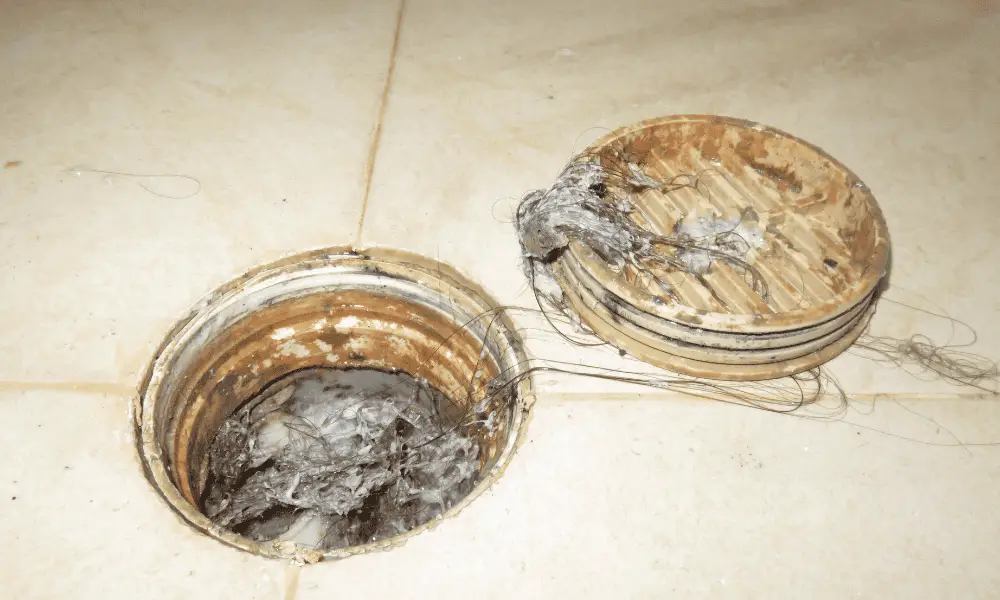
Imagine the frustration of a sudden pool of water in your basement after a heavy rain – that’s a glaring sign of a clogged underground system, similar to traffic congestion on the freeway during rush hour.
This unpleasant scenario can be caused by various clog causes such as debris accumulation, invasive tree roots, or sediment buildup.
These remnants and obstructions prevent water from flowing freely through your drainpipes and facilitate backups. Recognizing these telltale signs can help you identify an impending clog before it escalates into a full-blown drainage disaster.
Now, let’s delve deeper into other signs that may point toward an obstructed backyard drain. Pay close attention to slow-draining sinks or bathtubs and any unusual noises, like gurgling sounds originating from your plumbing system.
These are often early indicators of blockages within your pipes.
Also, observe the health of your landscaping around the drains; prolonged saturation due to poor drainage can lead to plant death or yellowing grass patches – yet another red flag signaling drainage issues.
Having identified these signs, addressing them promptly with efficient drainage solutions is crucial for maintaining the optimal functionality of your backyard drains.
Manual methods like using a plumber’s snake or hydrojetting can remove minor clogs while professional services may be necessary for more complex situations involving tree root invasion or serious sediment accumulation.
Remember always to prioritize safety when dealing with drain maintenance tasks – wear appropriate protective gear and ensure you understand the steps involved thoroughly before starting any DIY project related to plumbing systems in order not only to save time but also to avoid potential injuries.
Tools Required for Drain Cleaning
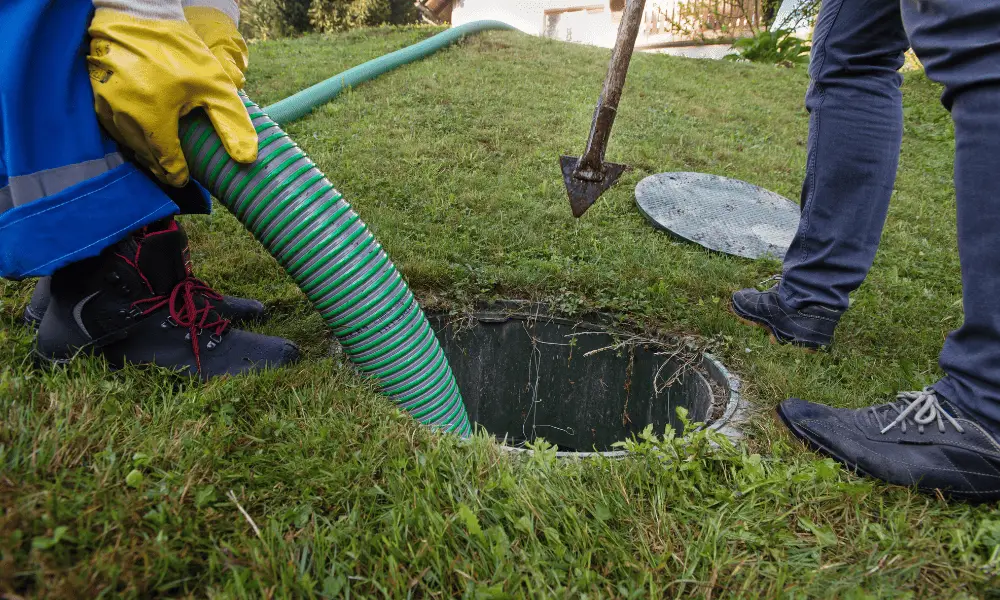
Let’s not forget having the right tools on hand is crucial when it’s time to tackle those pesky clogged pipes. To efficiently implement your drain cleaning techniques, you’ll need a set of specific tools designed for this purpose.
Not only will these tools make the job easier and more efficient, but they also promote safety measures by avoiding unnecessary physical contact with sludge or harmful chemical substances.
Here are some essential tools that should be part of your arsenal:
Remember to always start with simple methods like plunging before moving on to more complex techniques such as using an auger or drain cleaners.
While it could be tempting to call in professionals at the first sign of trouble, knowing how to clean your backyard drains effectively can save you money in service fees over time and give you peace of mind knowing that you’ve taken care of the issue yourself.
Take note, though; if you’ve tried all possible solutions without success, don’t hesitate to seek professional help rather than risk damaging your drainage system further.
With the proper knowledge about effective drain cleaning techniques and appropriate safety measures in place, maintaining clear backyard drains becomes a less daunting and more manageable task.
Step-by-Step Guide to Clearing Your Drains
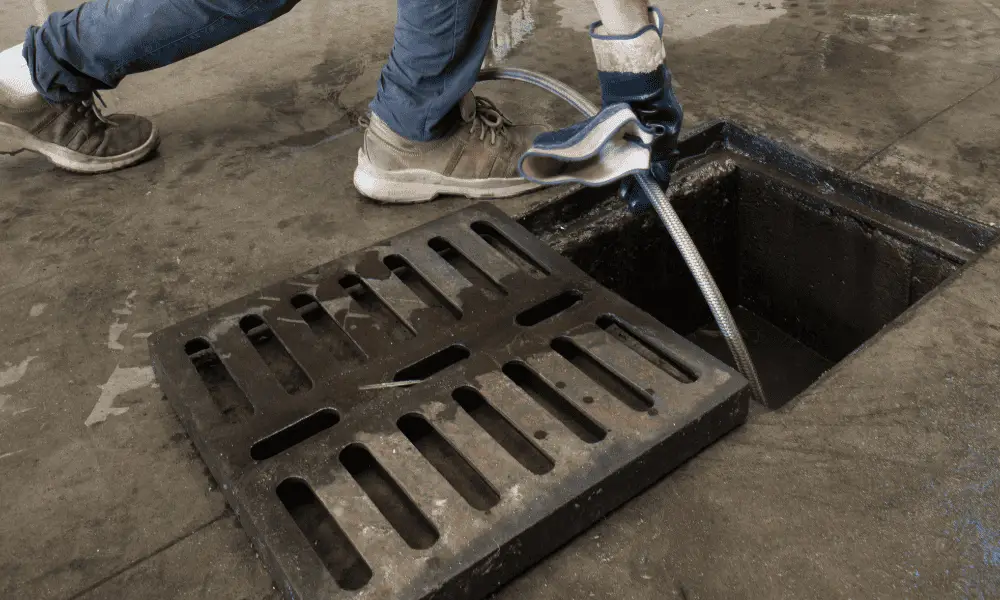
Navigating the murky waters of unclogging a pipe can feel like solving a complex puzzle, but with a step-by-step guide in your hands, it’s as easy as pie.
Initially, you need to identify the type of drainage designs and pipe materials used in your backyard. Different pipes, such as PVC or clay, may require varied methods for efficient cleaning.
Once identified, ensure that you have all the necessary tools at hand; these might include drain rods or hydro jets, depending on the severity of the blockage.
Next, put on protective clothing before commencing work to shield yourself from potential health hazards. Now that you’re suited up, start by removing any visible debris around the drain cover.
Then proceed to use a plunger if the clog is minor and near the surface. If this doesn’t do the trick, it’s time to bring out your drain rods or hydro jet (remember: always follow safety instructions with these tools!).
Insert them into your pipe and push gently against the blockage until it gives way. Be sure not to apply excessive pressure, as this could damage your pipes.
Carrying out regular maintenance can help prevent future blockages – consider installing strainers over drains and conduct routine checks for early signs of clogs; prevention is always better than the cure.
Also, remember that some jobs are best left to professionals, so if you’ve tried everything but still face issues with your drains, don’t hesitate to call in an expert who understands drainage designs and different pipe materials intimately.
Stay safe while looking after your backyard drains!
Tips to Prevent Future Drain Blockages
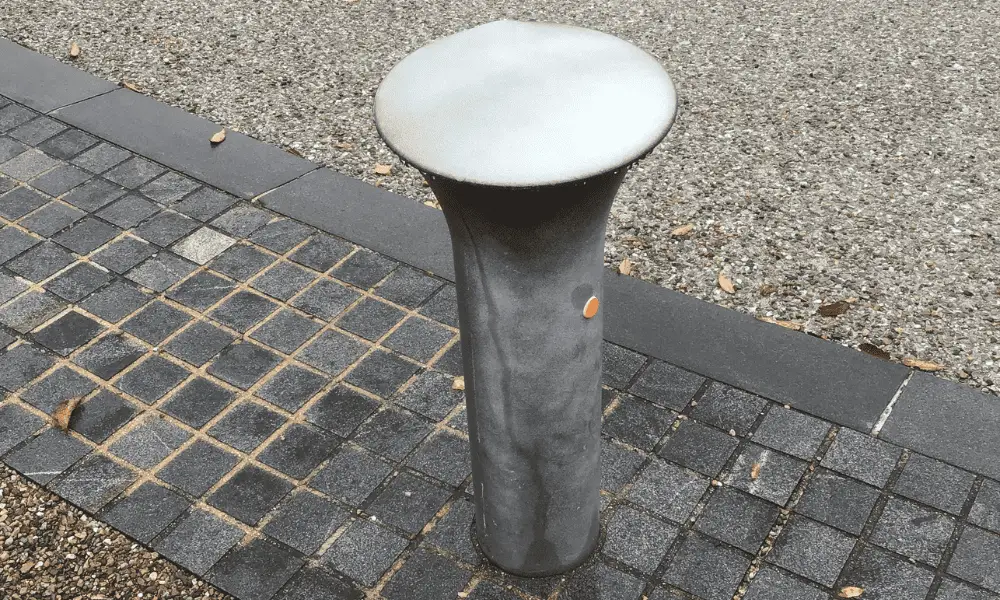
To keep your pipes running smoothly, it’s crucial you take some preventative measures against future blockages.
Root Intrusion Prevention is one such measure that can save you from many drainage troubles down the line. Trees and shrubs in your backyard are constantly seeking moisture, and they might invade your drain pipes through tiny cracks or joints to get it.
To prevent this, install a root barrier between the plants and the drain lines. This involves digging a trench along the pipeline, inserting a barrier material (like metal or plastic), and then refilling the trench.
Be careful not to damage existing pipelines during this process; it’d be wise to hire a professional if you’re unsure about doing this yourself.
Another effective strategy is regular cleaning with eco-friendly cleaners. These cleaning agents are free from harsh chemicals that could potentially harm your pipes or backyard ecosystem but are still potent enough to break down the debris accumulation in drains.
Start by pouring half a cup of baking soda into the drain, followed by an equal amount of white vinegar; these two ingredients react together to create a powerful cleansing foam. Let it sit for about 20-30 minutes before flushing with hot water. Repeat this process monthly for optimal results.
Adopting these preventative tactics will certainly reduce chances of future blockages, yet remember, nothing guarantees absolute prevention of drain issues – thus, routine check-ups remain essential, as well as prompt action on noticing any signs of potential trouble like slow draining or foul smell emanating from drains.
A clean drainage system doesn’t just mean fewer headaches dealing with clogs; it also ensures overall hygiene and health of your backyard environment, which directly contributes towards enhancing the aesthetic appeal and value of your property.
Conclusion
Like a well-oiled machine, your backyard drains need regular maintenance to keep running smoothly. Don’t let the grime of neglect bog them down.
With the right tools and knowledge at your disposal, you’re more than capable of handling any blockage that dares to stand in your way.
Remember, prevention is key. Keep an eye on telltale signs and act swiftly. Your backyard drain’s health isn’t just about cleanliness – it’s about preserving the harmony of your outdoor haven.

